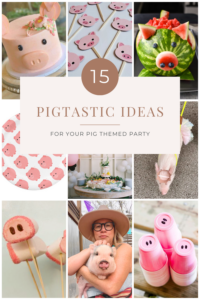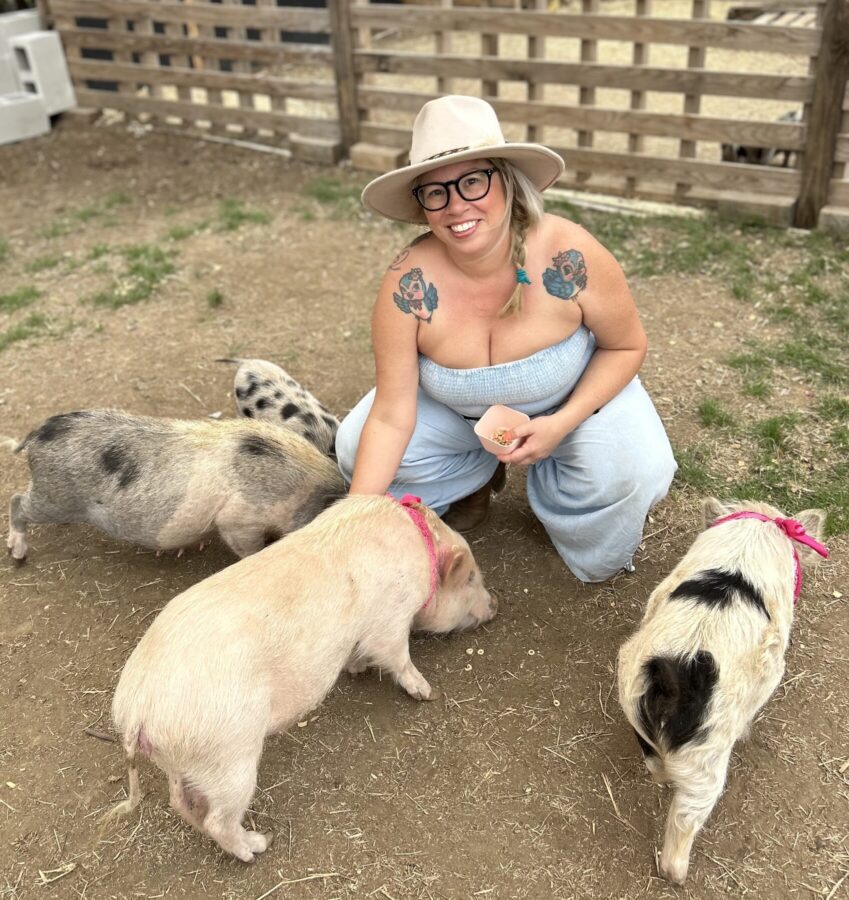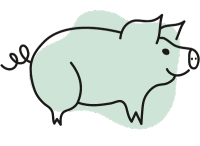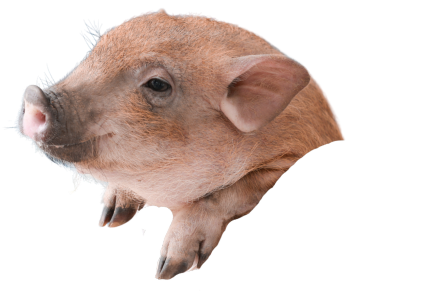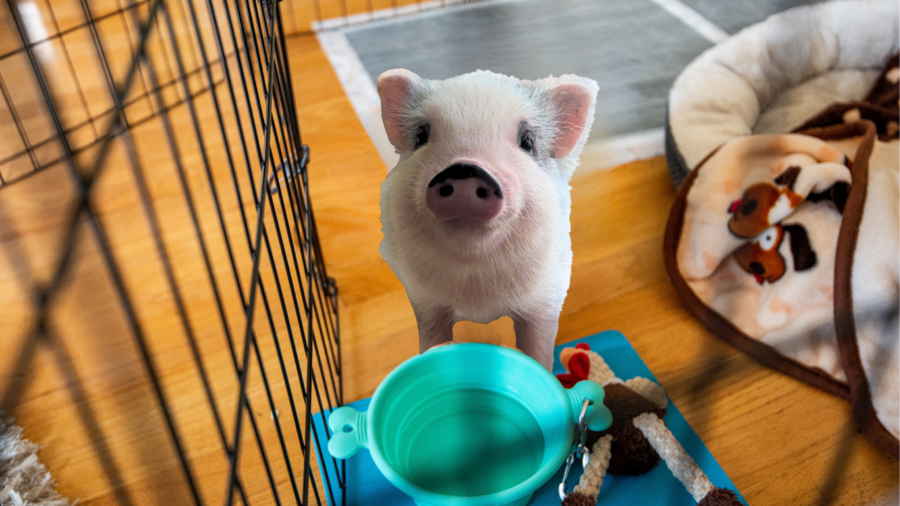
Welcome! As a new pig parent, you might think potty training a piglet is just like training a puppy, but it’s not – it’s actually much easier. If you’re feeling overwhelmed, don’t worry. Potty training your new piglet can be achieved with the right approach and patience.
We’ll cover everything from why understanding your pig’s natural instincts can help you with your potty training efforts to creating a consistent training routine that works for both you and your piggy.
You’ll also learn to navigate common challenges and overcome setbacks along the way!
Don’t waste any more time cleaning up after your new piggy. Let’s dive in and get your new pet pig on the fast track to potty training success!
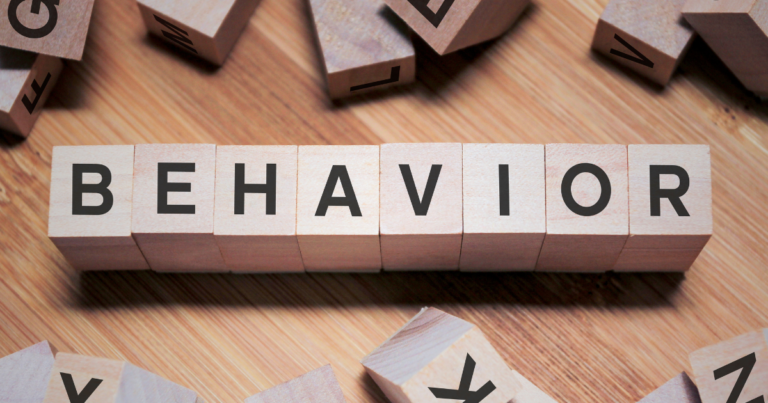
Understanding Pig Behavior and Instincts
Understanding your pig’s behavior and natural instincts is the first step toward success. Pigs are brilliant animals who want to keep their living space clean.
They naturally go potty in a corner far from where they eat and sleep, making the potty training process so easy!
By putting their potty box in the right place, you are setting them up for success.
Pigs also have a very strong sense of smell and can easily detect the scent where they have previously gone. This can be helpful, but it can also be detrimental to your potty training efforts.
It’s helpful in that they tend to always go in the same spot, but if they go in a place that is NOT their designated potty area, it’s imperative to thoroughly clean the accident area to prevent them from going in the unwanted spot again.
We’ll cover exactly what you can do if your piggy goes in a “no-go zone” later in this article.
Now that you understand your pet pig’s behavior better let’s discuss potty areas and “potty boxes.”
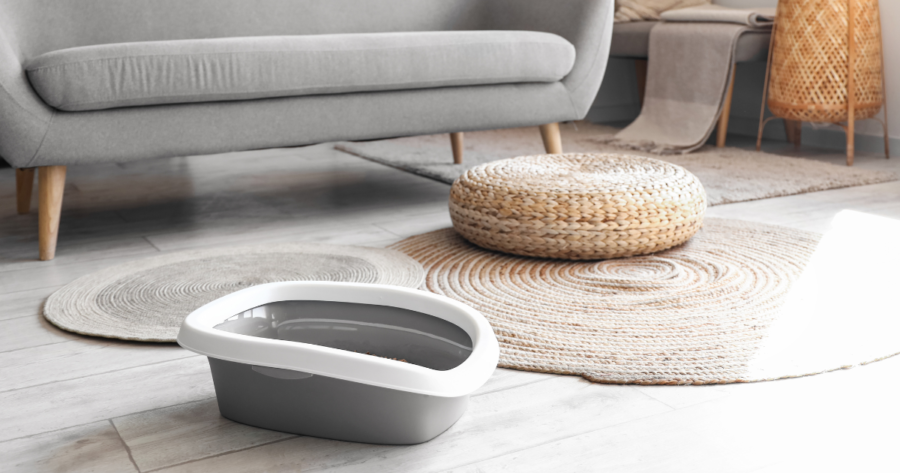
Setting Up a Designated Potty Area
Creating a designated potty area for your pig is essential to potty training success – especially when you first bring your new piglet home.
This area will consist of their pigpen and a “potty box” inside the pen.
Potty boxes or litter pans such as a kitty litter box, a rabbit pan, or even a storage tote with the side cut out all work great.
NOTE: Never use kitty litter in your pig’s potty box. It can create a life-threatening intestinal blockage.
You can use newspaper pellets or “horse pellets,” pine pellets, pine shavings, newspaper, or puppy pee pads inside the potty box.
Place the box inside their pen in the corner opposite from where they eat. If they go potty in it, that’s awesome! Your job is basically over.
If they go in another corner of the pen, you’ll want to take a paper towel, soak up the urine, and place it inside the potty box where you want them to go. They will catch on quickly and start to go where they’re supposed to.
Choosing a location away from your pig’s sleeping and eating areas will help support their natural instincts and reinforce the idea that elimination should occur in a specific spot.
Now that your designated potty area is set up and piggy is used to going inside its pigpen, it’s time to start expanding your new piglet’s free-roaming area to other parts of your house!
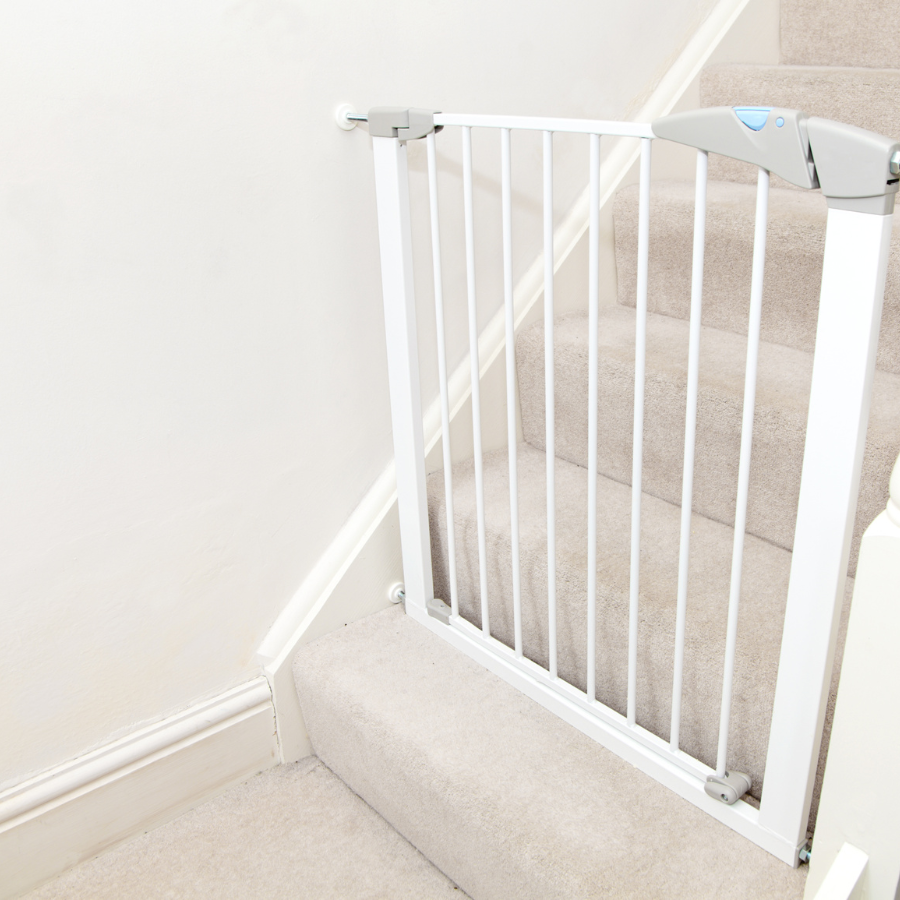
Gradually Expand Your Piglet's Roaming Area
It’s crucial to gradually expand your pig’s free-roaming space in your house. This method not only reduces the number of accidents but will also help you potty train them with less stress.
Once they consistently go potty in the potty box inside their pigpen, you can expand their roaming area to other parts of your home.
You’ll want to put them back inside their pen after meals so they know to go in the potty box that’s inside their pig pen. A piglet’s bladder is very small, so they may need to go potty every 20 minutes or so for the first few months.
If you give them too much space to roam free in your house, especially when you first bring them home, they will think there is a “potty corner” in every single room of your house, and this is NOT what you want to teach them!
You can use barriers or baby gates to block off areas you don’t want your pig to access until they learn the lay of the land and what’s expected of them.
Remember, it can take up to a year before they are fully potty trained and can be trusted to hold it inside your house.
PRO TIP: Observe your pig so you learn to recognize when they tend to eliminate. Notice if they sniff or have any behaviors that will alarm you that they are about to go! When it’s time for them to go, gently guide them to the designated potty area. You can use verbal cues such as “go potty” or “toilet time” to help reinforce the behavior.
Pigs have different elimination habits than cats or dogs, and it may take them a few minutes to do their business. So try to be patient and give your piglet enough time to eliminate.
Once your pig has successfully eliminated in the designated area, reward them with praise or a small treat. Positive reinforcement is a powerful tool in potty training your pig—more on that in the next section.
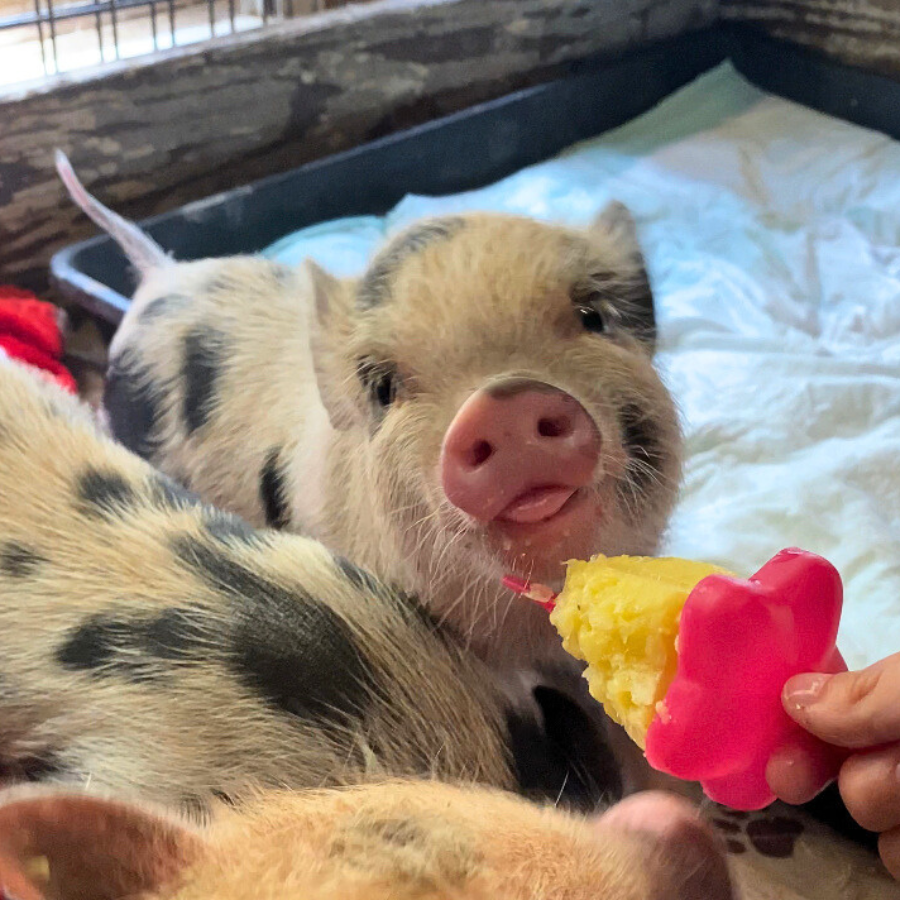
Reinforcing Positive Behavior + Using Rewards
Understanding the importance of positive reinforcement in potty training your new pet pig is crucial.
Each time your pig uses the designated potty area, it’s essential to praise them and offer a reward. This could be a small treat, verbal praise, or even a belly rub. The key is to associate using the right spot with a positive experience, which is a powerful tool in shaping your pet’s behavior.
On the other hand, if your pig has an accident outside of the designated area, it’s important not to scold or punish them. Pigs respond best to positive reinforcement, and punishment can create fear and confusion. Instead, calmly clean up the accident and redirect your pig to the designated potty area.
Consistency is crucial in reinforcing positive behavior.
Stick to the potty training routine and be patient with your pig. With time, they will begin to understand what is expected of them.
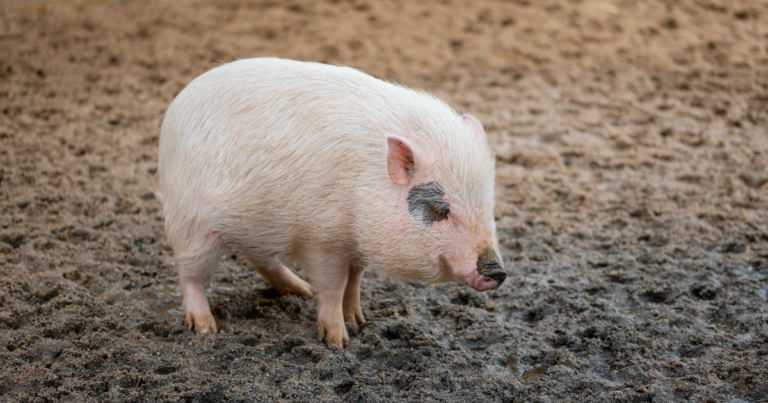
Dealing with accidents and setbacks
Accidents are bound to happen during the potty training process. It’s important to remember that setbacks are normal and part of the learning process. When accidents occur, cleaning them up thoroughly is essential to remove any scent that might attract your pig back to the same spot.
Enzymatic cleaner plays a crucial role in preventing your pig from associating a spot with going potty. Its use can help deter your pig from returning to the same area.
If your pig continues to have accidents in the same spot, consider blocking off that area to discourage them from returning.
You’ll want to take a paper towel or something to absorb some of their urine from where they went and place the towel inside their potty box where you want them to go.
Pigs are very smart, and their innate sense of smell will lead them to the right place they should go!
It’s also important to note that pigs have a strong sense of routine and may have accidents if their daily schedule is disrupted.
Again, consistency is the name of the game!

Troubleshooting common potty training challenges
Potty training your pig may present some challenges along the way. Let’s address a few common issues and provide some solutions:
1. Resistance to the designated potty area: If your pig is reluctant to use the designated potty area, try placing some of their waste in the area to encourage them to eliminate there. Pigs are more likely to use a spot that already has their scent.
2. Inconsistent elimination: If your pig has accidents outside of the designated potty area, you might need to decrease their free-roaming space inside your home. They might need more frequent bathroom breaks and don’t know where they should go if they have too much space to roam free.
3. Marking behavior: This shouldn’t be an issue if your pig is spayed or neutered, but some pigs may exhibit marking behavior even after being potty trained. If this happens, it’s important to address the underlying cause, such as stress or environmental changes. Consult with your veterinarian or animal behaviorist for guidance.
Remember, every pig is unique, and the right approach might take some time to find. Be patient, stay consistent, and celebrate every small success along the way.
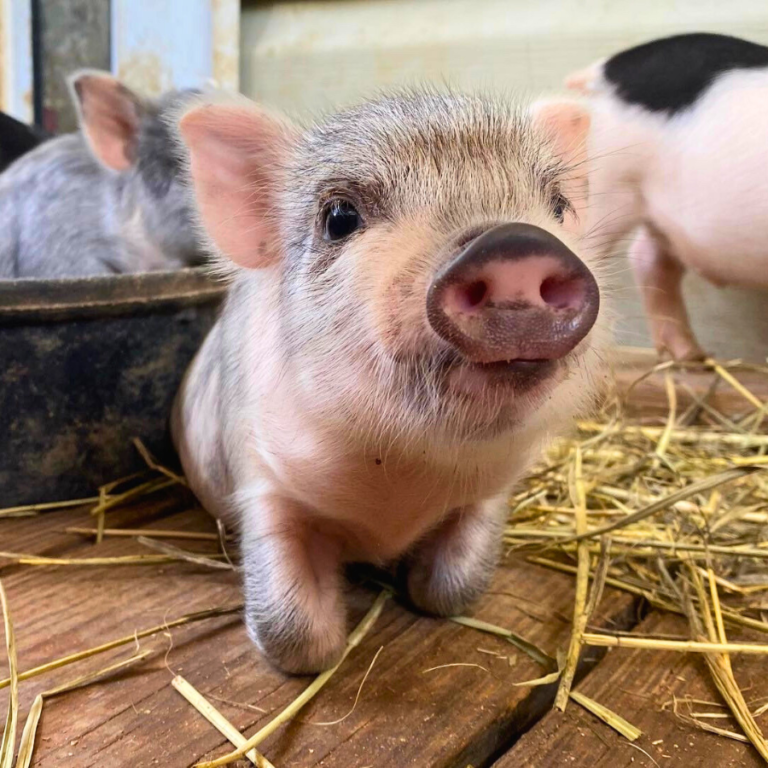
Potty training tips for pig owners
Here are a few additional tips to help you in your potty training journey:
1. Stay positive: Pigs respond best to positive reinforcement. Use praise, treats, and belly rubs to reward good behavior.
2. Be patient: Potty training takes time, and setbacks are normal. Stay patient and consistent in your training efforts.
3. Keep the potty area clean: Regularly clean the designated potty area to prevent your piggy from starting a new “potty spot.”
4. Monitor food and water intake: Monitoring when your pig eats and drinks will help you know when they are likely to go.
5. Seek professional help if needed: If you’re struggling with potty training or facing specific challenges, don’t hesitate to get help. Check out the links in the Additional Resources section below to continue learning!
Conclusion + Additional Resources
Potty training your pig may require time and effort, but with the right approach, it can be achieved. Understanding your pig’s behavior, choosing the right potty training method, and establishing a consistent routine are critical to success.
Remember to reinforce positive behavior, be patient with setbacks, and seek professional help if needed. With dedication and persistence, you’ll soon have a pig with excellent potty habits, making your life as a pig owner much easier.
So, don’t waste any more time cleaning up after your pig. Use the tips and tricks in this ultimate guide to potty training your pig and enjoy a cleaner, happier living space for you and your furry friend.
Happy potty training!
ADDITIONAL RESOURCES:
- The AMPA (American Mini Pig Association) is always a great place to start. They even have a Mini Pig Training Academy!
- Autumn Acres Min Pet Pigs – Autumn has YouTube videos, Pig Training Courses and even a Pet Pig Podcast!
- Facebook Groups – a great resource to get in touch with other pig families and build a community.



